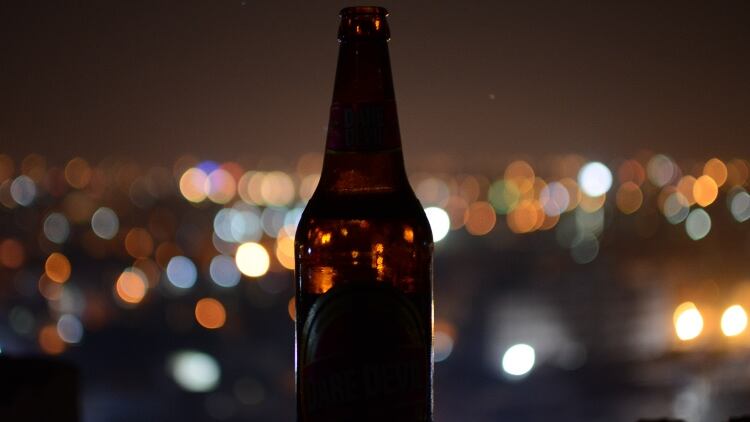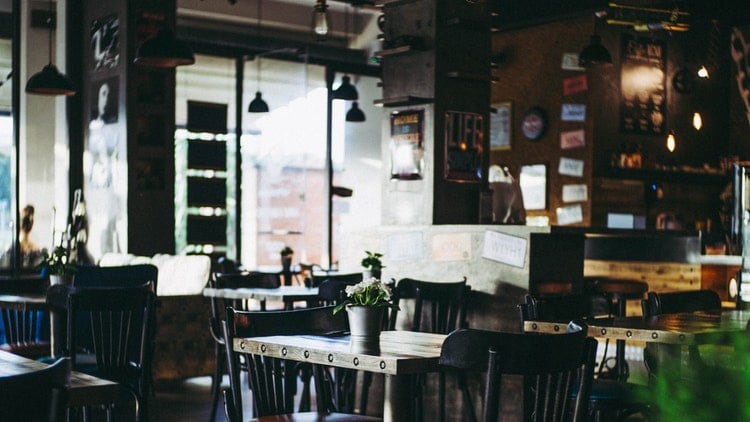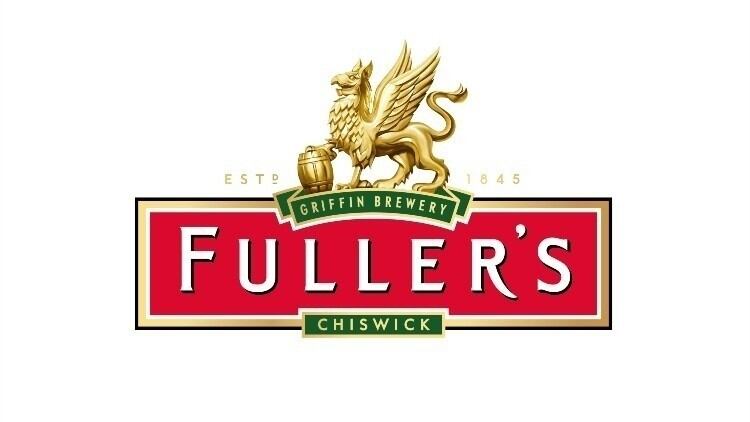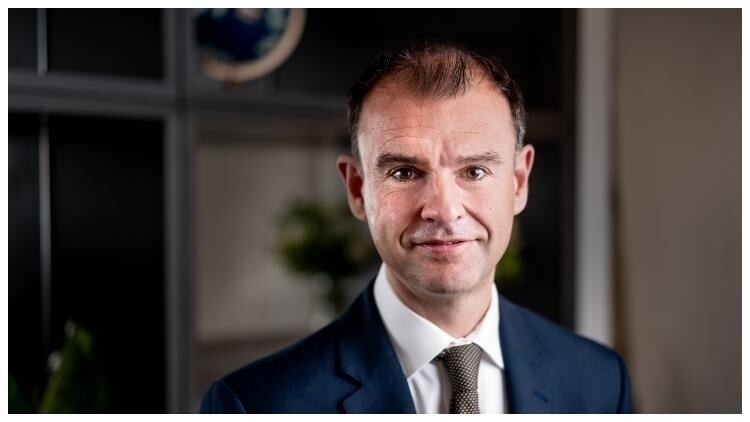The latest flood of Government enforced tiers follows the second six-month peak in daily deaths in successive days alongside a further 18,213 Covid cases, after the country recorded 11,299 cases and 608 related deaths on Tuesday taking the official death toll to 56,533 – still the highest in Europe.
These numbers, and response from Government scientists, suggest that the previous tier system was half-baked, that England’s second national lockdown hasn’t quite gone down the right way, and that the England's second lockdown has, as expected, ended in tiers.
As England edges towards the lifting of lockdown on 2 December and pubs prepare to swallow the Government’s latest concoction, The Morning Advertiser (MA) attempts to sink its teeth into what the new system could taste like for operators in different tiers.
What makes these tiers different to the last?
Prime Minister Boris Johnson announced the previous three-tiered system in mid-October after the number of Covid-19 cases quadrupled in the three weeks prior with more people hospitalised by the virus than when the Government enforced lockdown in March.
Under previous restrictions lasting just under a month between 14 October and 5 November, when England entered its second national lockdown, last orders were called in pubs and bars in the highest tier except where serving substantial meals.
Social mixing was also banned both indoors and outdoors under the previous system’s third tier with residents told to avoid all non-essential travel and remain in their locality with schools and places of worship remaining open.
What’s more, under October’s tier two restrictions, venues were allowed to stay open subject to the 10pm curfew, while mixing between households indoors was banned and the “rule of six” governed outdoor gatherings.
Finally, first tier, “medium”, measures – the baseline restrictions in place across England including the 10pm curfew and “rule of six” – were applied to areas with the lowest rates of infection.
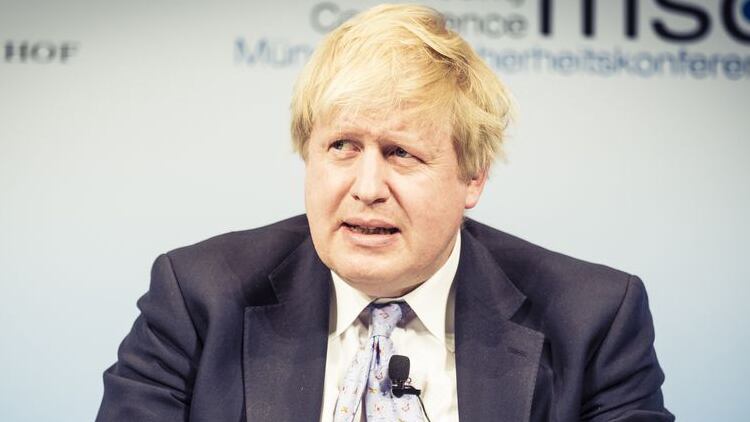
This time around, however, while pubs and bars in tier one can stay open provided they offer table service-only, call last orders at 10pm and empty by 11pm, those in both tiers two and three face degrees of enforced closure.
In tier two, pubs and bars have been told to close unless “operating as restaurants” according to the Government’s Winter Plan. They can only serve alcohol if accompanying a “substantial meal” and must follow the same trading hours as tier one sites.
Pubs in tier three, however, will see no change from rules imposed during the second national lockdown and will only be able to operate takeaway, drive-thru or delivery business.
Those venues that open in tier one will also only be able to accommodate groups of up to six people – indoors or outdoors – other than single households or support bubbles, while tier two venues are barred from allowing household mixing indoors apart from support bubbles, with the “rule of six” governing outdoor space.
How many pubs are under each tier?
According to data from real estate adviser Altus Group, as of 1 September 2020 there were 37,616 pubs in England – 16,436, or 43.7%, of which were subjected to tier two and three restrictions last time around.
This time, however, the British Beer and Pub Association (BBPA) estimates that 16,454 pubs will be forced to close in tier three regions alone.
Additionally, of the 21,091 pubs that are in regions classified as tier two, 13,920 pubs will either remain closed because they don’t serve substantial meals or will be financially unviable due to the impact on revenue of the additional restrictions.
“With 99% of the country under tighter tier two or tier three restrictions, there will be carnage unless the Government acts immediately,” Emma McClarkin, BBPA chief executive said. “Pubs face full closure if they are drinks led or in tier three.
“We need the Government to recognise the impact of these restrictions and urgently provide more financial support.
“We cannot overstate how serious the situation is currently facing our staff, communities and businesses.
“The future of hundreds of breweries, thousands of pubs and tens-of-thousands of jobs hangs in the balance. The focal point of countless communities in every region of the UK could be lost forever, the social consequences of that do not bear thinking about.”
Tiers are expected to be reviewed on 16 December, meaning that local authorities in tiers two and three essentially have two weeks to reduce infection levels once lockdown is lifted.
What impact did the previous tier system have on pubs?
Research from trade bodies UKHospitality (UKH), the BBPA and the British Institute of Innkeeping (BII) found that the previous tier system was particularly damaging to pubs with only one-in-four (25%) operators able to turn a profit under the lowest restriction tier.
On top of this, more than three quarters (76%) of pub operators claimed their pub was unviable or operating at a loss under tier two measures, a figure which increased to 94% under tier three rules.
CGA figures also found that pubs, bars and restaurants in the second highest tier saw a sales drop of between 46% and 54% during the first few days of restrictions between Thursday 15 October and Saturday 17 October.
The same dataset revealed that venues in the highest tier saw sales plummet between 60% and 62% year on year across the same dates – a 26% decrease on the previous Saturday largely driven by drinks sales drying up by 43% week-on-week.
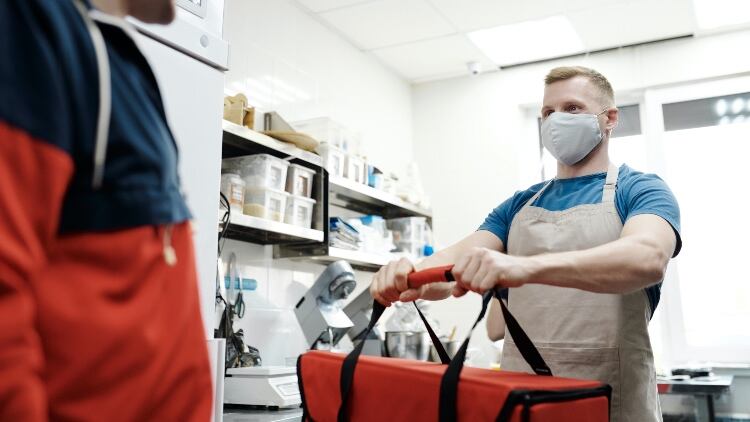
According to figures provided to The MA, the announcement that Greater Manchester would join the Liverpool City Region and Lancashire in tier three on 20 October meant that in the region of 150 pubs operating under Heineken’s pub arm, Star Pubs & Bars, were moved to the strictest possible Government measures, alongside a similar number of sites belonging to Suffolk-based Greene King.
In addition to nationwide operators, regional pub companies bore the brunt of the tiered system, with Lancashire-based Daniel Thwaites, for example, owning 154 sites in tier three of which 93 were forced to close, alongside 36 sites in tier two and 31 sites in tier one.
A joint statement from senior figures at the Blackburn-based brewer as well as Greater Manchester-based Joseph Holt, Robinsons, JW Lees and Hydes – which collectively operate close to 900 pubs across the north west – described the singling out of pubs for closure in tier three with inadequate support as a “national disgrace”.
However, with regions across the south now under the highest tier of restrictions, the likes of Kent-based Shepherd Neame which previously had 63 sites in tier two and 257 sites in tier one, will likely have a very different experience of the tier system this time around.
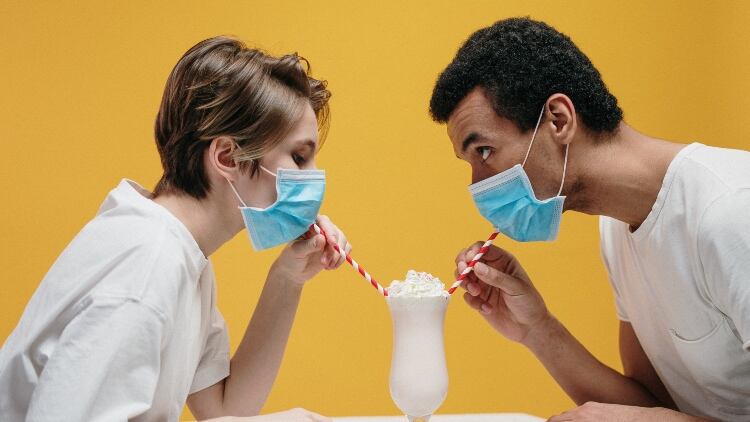
What’s been said so far?
According to UKHospitality chief executive Kate Nicholls, the new, stricter, tier system will deliver “another huge blow to hospitality”, with 98% of trade now happening in either tier two or three regions according to the trade body’s research – meaning £7.8bn of trade will be wiped out compared to last year if restrictions continue throughout December.
“These are safe spaces for people to meet, relax and socialise and the sector is desperate to get staff back to work, open their doors and, in the long term, diminish reliance on the public purse and begin driving economic recovery,” Nicholls explained.
“The new tiers will see over 120,000 venues across England placed into tier two, with tens of thousands of these forced to close as they are unable to provide a table meal, either physically or financially.
“This affects the employment of nearly 1.5m people. Under this severe a restriction, 94% of our members say they will be unviable or trading at a loss.
“For the 38,000 businesses in tier three, employing over 540,000 there is no option but to provide takeaway or close altogether.”
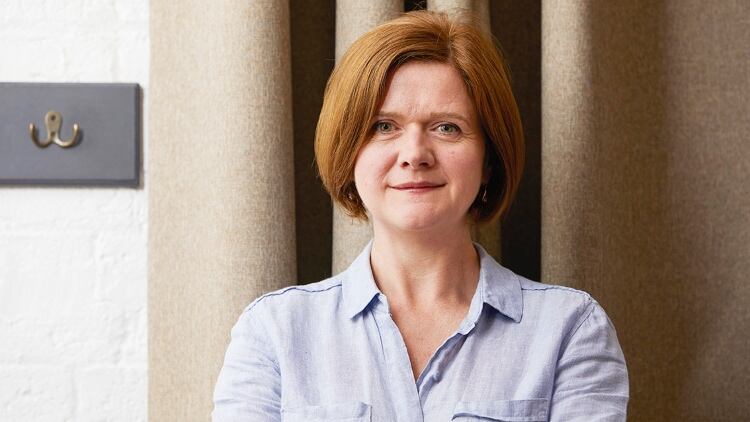
While Marston’s chief executive Ralph Findlay believes that the latest plan “smacks of the fog of politics, and the Prime Minister has lost his way”, Greene King’s Nick Mackenzie once again bemoaned the fact that pubs have once again found themselves in Government crosshairs.
“The Winter Plan is another crushing blow for pubs and we have been unfairly singled out with punishing and unjustified restrictions that will make pubs across the country unviable through the most important month of the year,” he said.
“There is no clear evidence to show why it’s safe to have a meal and a drink in a restaurant, or mix socially behind closed doors at home over Christmas, but you can’t have a pint in a pub.
“The industry has invested millions of pounds making their premises Covid secure and closure costs us millions of pounds every week.
“We ask the Government to urgently reconsider these disproportionate measures, such as banning the sale of alcohol in tier two unless it’s with a substantial meal, and work constructively with the hospitality sector to find solutions and deliver tailored support before it’s too late, especially for drink-led pubs.
“Pubs are the heartbeat of communities and play a key role in combatting loneliness and isolation which is even more important as we head towards Christmas.”
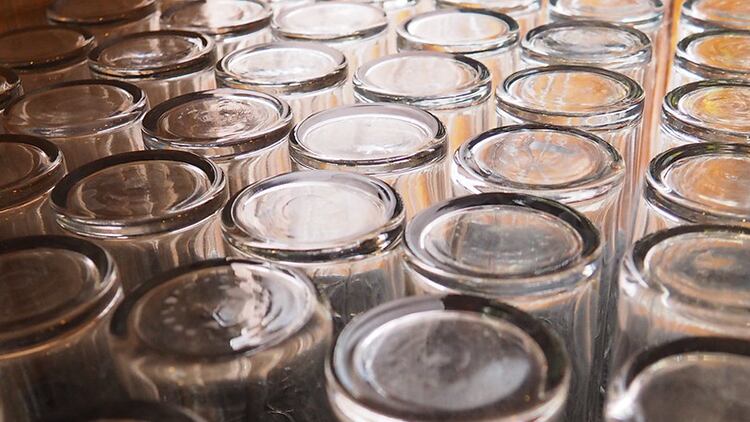
Disproportionate impact on wet-led pubs?
Before the full announcement of the tier system, Fuller’s chief executive Simon Emeny stated that while the new system would challenge the trade during the usually lucrative festive period, he believed that the end was in sight given recent breakthroughs regarding Covid-19 vaccines.
“The tightening of the tier system will present further challenges over the winter months, but we welcome the Prime Minister’s comments that we will see the need for restrictions fall away in the spring. Without doubt, a return to normality is in sight,” he explained while discussing Fuller’s latest half year results.
However, pubs could yet face a number of days, weeks and months until this is achieved, which BBPA boss Emma McClarkin believes could collectively cost wet-led pubs placed in the two highest tiers of the new restrictions an estimated £1.5bn in turnover.
The beer body also estimated that compared to a typical December, 180m pints of beer will go unsold by wet-led pubs at a value of £680m.
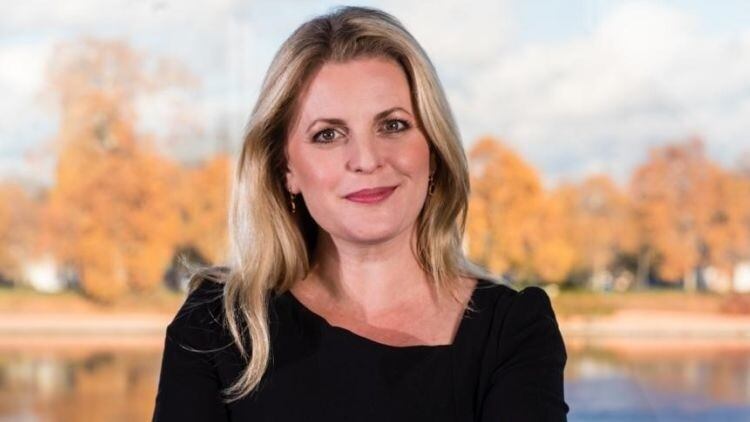
Additionally, Campaign for Real Ale (CAMRA) national chairman Nik Antona said that after an “agonising wait”, licensees across the country have had their worst fears confirmed.
“In all but three council areas in the country, pubs will either be closed or only able to open if they are serving substantial meals,” he explained.
“This is especially devastating in the run up the Christmas, where people in tier three areas won’t be able to go to the pub at all, and those in tier two areas won’t be able to visit to socialise safely with those outside of their household – which will increase feelings of loneliness and social isolation after a year that has been tough for many.”
JW Lees’ managing director William Lees-Jones also voiced his despair over the Government’s on-trade stance.
“We are feeling very disappointed by the Government’s current attitude towards pubs, especially when we have made our pubs safe places to be with investment and training. We are bearing the financial brunt of the Winter Plan, with all of JW Lees tenants paying no rent, beer stocks built up ready for Christmas and pubs ready to re-open next week,” he explained.
“We expect reasonable compensation from government since the current grants and furlough support in no way make up for the pub sector being sacrificed at our busiest time of the year.
“We estimate that the current proposed measures will cost JW Lees around £2 million which is one third of a normal year’s annual profits owing to the timing of the restrictions.”
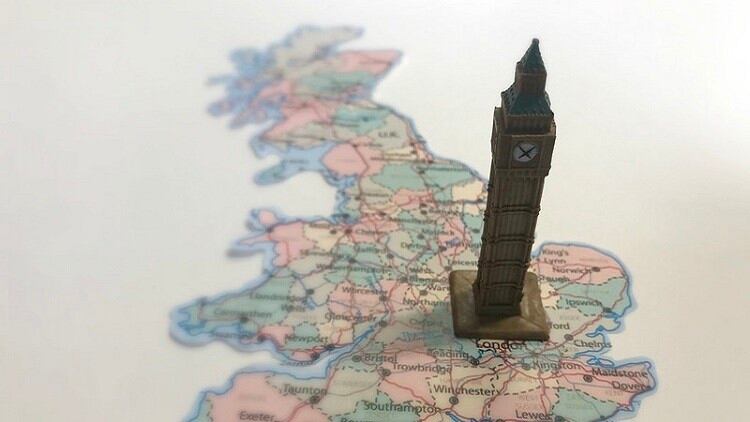
What support is available?
While measures such as the furlough scheme have been extended – with the aforementioned jobs scheme now available until the end of March – as it stands, pubs can only apply for a funding under the Local Restrictions Support Grant if forced to close.
However, operators have said this is not enough to cover ongoing fixed costs and make up for lost income.
UKHospitality’s Nicholls added that it is now more vital than ever that the Government provides urgent further financial support for this sector.
“If it does not, we are looking at huge numbers of job losses, businesses permanently closed and the landscape of hospitality in this country fundamentally degraded for the foreseeable future,” she said.
“If we want to see businesses survive, then we desperately need a replacement for the Job Retention Bonus Scheme and for the Government to extend the rent moratoria and broker a solution to tackle the issue of rent debt that has built up.
“If we want to give those businesses that do survive this winter a better chance at succeeding next year, then the VAT cut and businesses rates holiday must now be extended and grants provided to support businesses paid out at the earliest opportunity.”
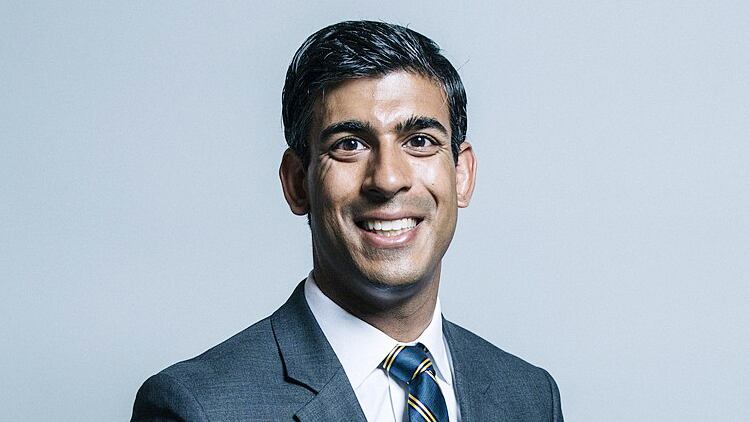
What’s more CAMRA’s Nik Antona still does not believe sufficient evidence has been produced to justify extra restrictions on hospitality, and particularly wet-led pubs, adding that if the Government wants to proceed, they must announce more financial help.
“It is really very simple - hospitality businesses have been singled out for extra restrictions, so they must be given dedicated support,” he said.
“This needs to take the form of increased grant funding to cover rent and costs, and include an extension to the business rates holiday, and an extension of the VAT cut to alcoholic drinks.
“This is vital to ensure that communities will have locals to return to in 2021 and can once again reap the social and wellbeing benefits of pub-going.”

